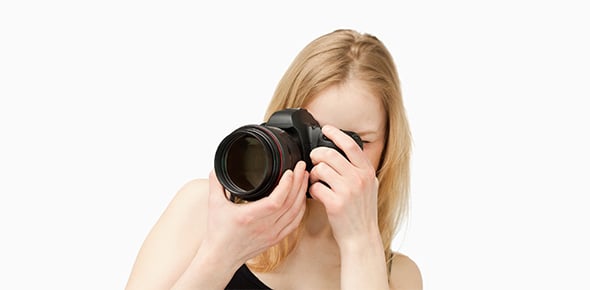Understanding Exposure, Chapter 1: Defining Exposure
- ISO
2.
You may optionally provide this to label your report, leaderboard, or certificate.
×
Thank you for your feedback!
















